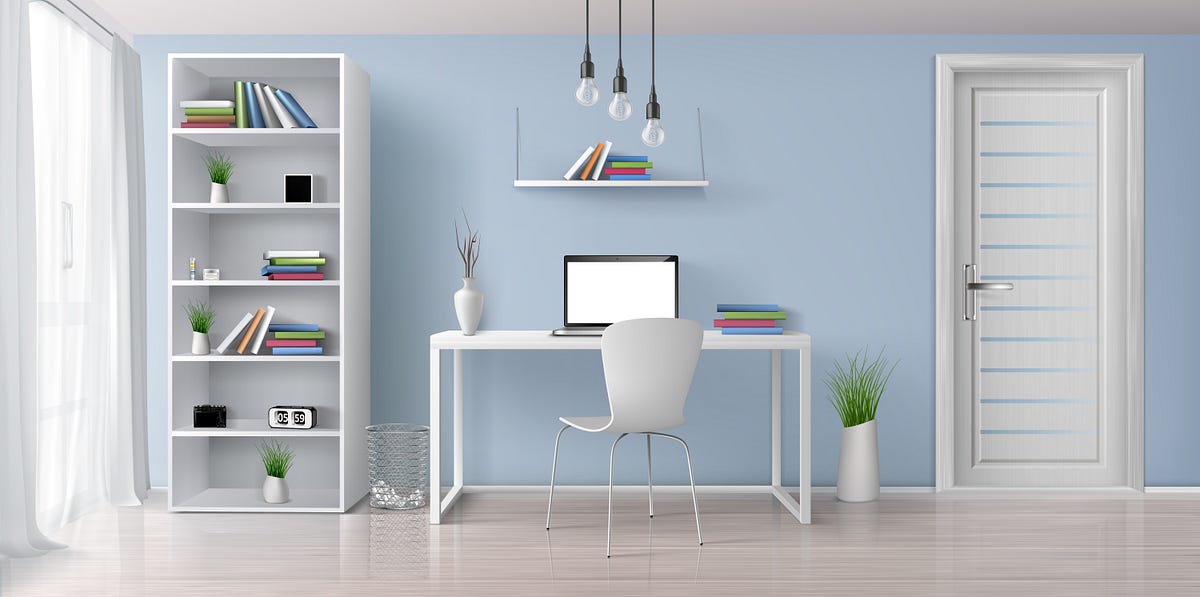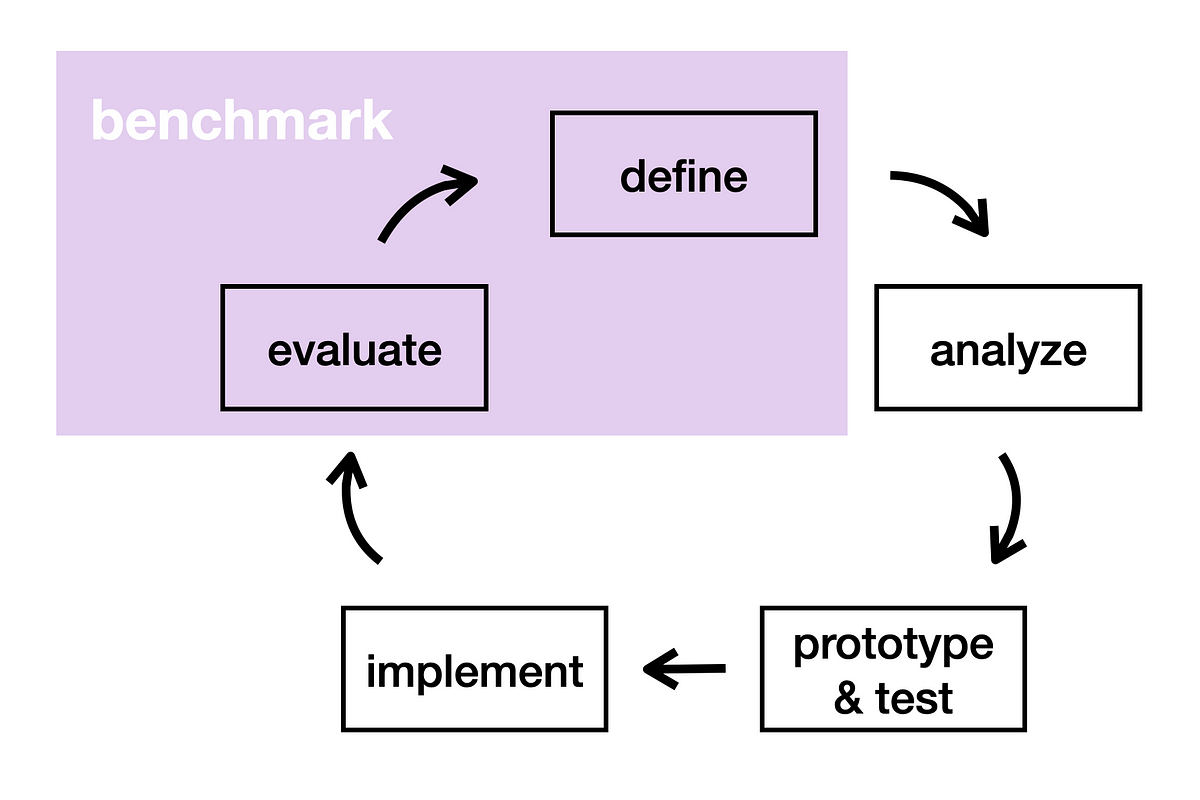#design thinking
#design thinking
[ follow ]
#design-thinking #user-experience #innovation #home-office #figma #product-development #collaboration #prototyping
fromBusiness Insider
1 month agoSee inside KPMG's giant new NYC headquarters, which was designed based on employee input
Across KPMG's offices nationwide, employees say they prefer round tables. So with that feedback and more in mind, the Big Four consulting firm designed and opened a new, 450,000-square-foot office at Two Manhattan West in Manhattan's Hudson Yards neighborhood. The firm hopes the gleaming new headquarters will not only reassert its presence in New York City but also tempt its more than 5,000 employees in New York back to the office more often.
New York City
fromMedium
2 months agoI stopped using Figma for 70% of my product design work...and my output doubled.
Most design problems aren't 'design' problems. They're 'Thinking' problems.They're 'Clarity' problems.They're 'Too-many-tabs-open' problems. More prototyping. More pixel-shifting. More polish in Figma alone isn't going to help you with those. For me, without clear thinking, Figma just results in more confusion, more mess, and more mockups than I can mentally manage. The Problem: Figma wasn't the bottleneck - my thinking was
UX design
Artificial intelligence
fromInfoQ
2 months agoMental Models in Architecture and Societal Views of Technology: A Conversation with Nimisha Asthagiri
Architects integrate design thinking, systems thinking, change management, experimentation, and platform architecture to build responsible, agentic enterprises and scalable data products.
fromMedium
2 months agoCase studies are the real product
Designers at every stage - whether seasoned professionals or juniors just starting out - tend to place enormous emphasis on the final artifact. The polished app mockup. The slick responsive website. The cleverly executed logo. These artifacts feel like the fruit of our labor, and naturally, we take pride in them. A finished design is tangible. It's something you can click, hold, or admire on a screen. It feels like proof of progress and evidence that you did something real.
Design
fromMedium
5 months agoGood metaphors, 11 commandments of AI UX, Figma shortcuts
Our understanding of the human body, particularly the brain and nervous system, has been profoundly shaped by the tools and technologies of each era. During the rise of mechanical craftsmanship, we began perceiving the body and brain as hydraulic systems and intricate clockwork mechanisms.
UX design
E-Commerce
fromMedium
6 months agoThe $10B blueprint: Beyond Code & Canvas, how AI-Driven thinking will shape the next era of...
Future CEOs will harness AI-driven design to redefine business models and product development.
AI-augmented design empowers a single individual to manage complex processes, enhancing efficiency and personalization.
[ Load more ]




